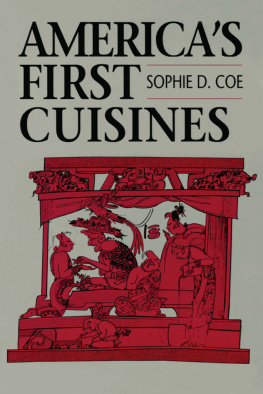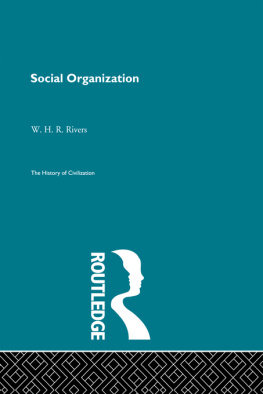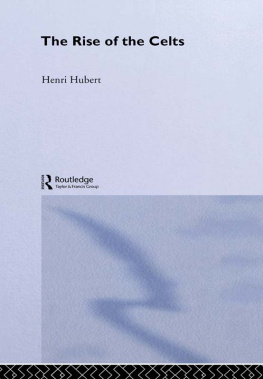Coe - Americas First Civilization
Here you can read online Coe - Americas First Civilization full text of the book (entire story) in english for free. Download pdf and epub, get meaning, cover and reviews about this ebook. year: 2017, publisher: New Word City, Inc., genre: Art. Description of the work, (preface) as well as reviews are available. Best literature library LitArk.com created for fans of good reading and offers a wide selection of genres:
Romance novel
Science fiction
Adventure
Detective
Science
History
Home and family
Prose
Art
Politics
Computer
Non-fiction
Religion
Business
Children
Humor
Choose a favorite category and find really read worthwhile books. Enjoy immersion in the world of imagination, feel the emotions of the characters or learn something new for yourself, make an fascinating discovery.
Americas First Civilization: summary, description and annotation
We offer to read an annotation, description, summary or preface (depends on what the author of the book "Americas First Civilization" wrote himself). If you haven't found the necessary information about the book — write in the comments, we will try to find it.
Here is the story of Americas oldest - and oddest - civilization, the Olmecs of the southern Mexican jungles. Virtually unknown to archaeologists until the early twentieth century, their true importance is only now being realized and shedding new light on how the Indian peoples of the Americas came to be here.
Coe: author's other books
Who wrote Americas First Civilization? Find out the surname, the name of the author of the book and a list of all author's works by series.
Americas First Civilization — read online for free the complete book (whole text) full work
Below is the text of the book, divided by pages. System saving the place of the last page read, allows you to conveniently read the book "Americas First Civilization" online for free, without having to search again every time where you left off. Put a bookmark, and you can go to the page where you finished reading at any time.
Font size:
Interval:
Bookmark:
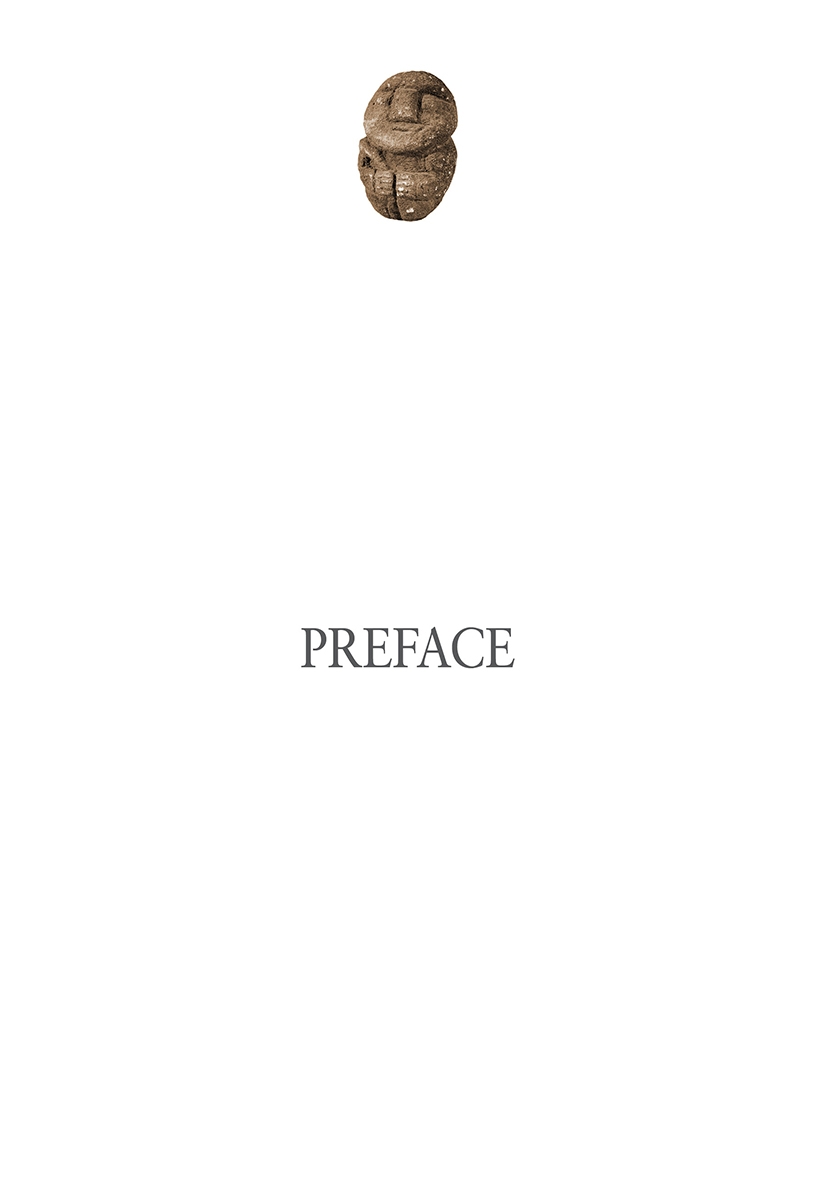
This book is about the oldest - and strangest - of the native New-World civilizations. The Olmec civilization of the southern Mexican jungles was virtually unknown to archaeologists until the early twentieth century and its true importance only later realized. Research on the ancient Olmec has thrown a new light on an old problem: how the Indian peoples of our hemisphere came here.
Odd though it may be, what these people called themselves remains unknown. Since these Olmec were the first American Indians to achieve such a high level of social, cultural, and artistic complexity, it would not be stretching a word to call them civilized. This level was reached 3,000 years ago, long before the Aztecs.
But this is not a history; there are no reliable documents about these people (although they do seem to have had a form of writing), nor even secure traditions. No Mexican Homer sings the deeds of ancient Olmec heroes. So in the absence of readable accounts, the techniques of prehistory must be applied to the Olmec. Archeologists, armed with methods and theories from the natural sciences and from anthropology, must bring to life dead and forgotten cultures.
The archeological approach can expose relationships between people and their environments. Lessons can be drawn, even new opportunities discovered, by an understanding of how early men dealt with the possibilities and limitations of all kinds of surroundings.
The Olmec Indians evolved an incredible culture in an area that seems impossibly hostile. In the hot, wet, tropical lowlands of the Mexican states of Veracruz and Tabasco, amid rivers, swamps, high jungle, and savannas, they built their great temple centers and carved huge stone monuments. It was there that the New Worlds first civilization arose.
In describing the Olmec, the culture of Mesoamerica, a term used for those portions of Mexico and Central America civilized in pre-Spanish times, is also delineated. In spite of the interesting diversity, there is also a fundamental unity among the Mesoamerican cultures, whether Maya, Toltec, Aztec, Totonac, Zapotec, or Mixtec. There are probably strong ecological reasons for the diversity, but for the unity, there can be but one cause: a common heritage. This heritage can only be Olmec.
Olmec civilization took shape on the Gulf Coast lowlands during the centuries around 1,000 years before Christ, flourishing and then dying. But the Olmec pattern was transmitted to become the common legacy of all the native peoples of Mesoamerica.
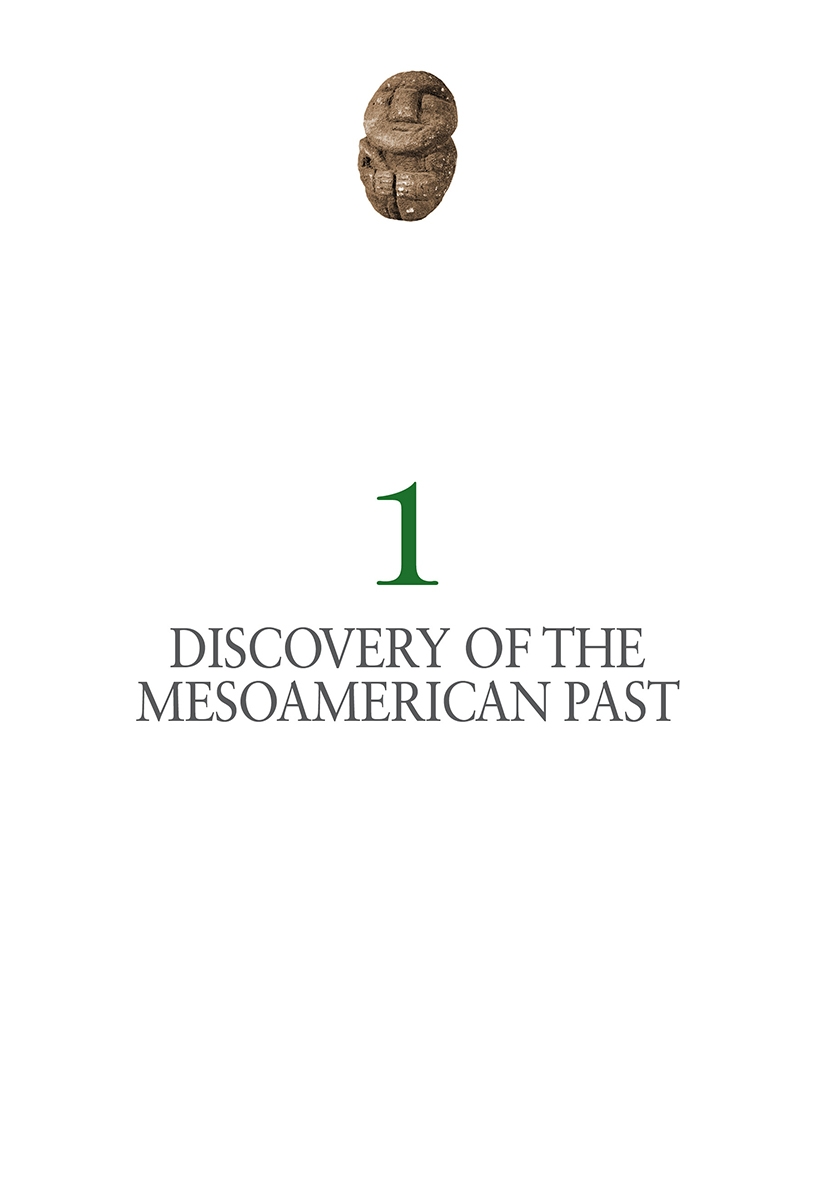
When Christopher Columbus sailed west, he found a New World, an enormous realm of land and peoples that had been effectively isolated, unknown, and even unsuspected by most of the peoples of the Old World. Almost as soon as the first contact was made, on the little island of San Salvador in the Bahamas, speculations began on who these strange, bronzed, black-haired savages might be. Columbus himself thought them Indians, inhabitants of the East Indies, and felt confident he was not far from Japan and might even be in the lands of the Great Khan of Cathay. By the time the Pacific Ocean had been discovered by the European explorers and the full immensity and isolation of the North and South American continents realized, the mystery of the American Indians was redoubled.
Following closely on these great discoveries was the Spanish conquest of Mexico and Peru. The contemptuous dismissal of the Indians as savages soon turned to an almost universal admiration as accounts, most of them accurate and detailed, of the great civilizations filtered back to European philosophers and scholars. Even the hard-bitten Spanish conquistadors were awestruck at the size and splendor of the empires they were smashing to ruins. Consider the letter that Corts sent to his emperor, Charles V (dated October 30, 1520), in an attempt to describe the wonders he had seen in the Aztec capital of Tenochtitln, gleaming white on an island in the midst of a broad lake. It reads in part:
To give an account, Very Powerful Lord, of the greatness, and the strange and marvelous things of this great city of [Tenochtitln] to Your Royal Excellency, and of all the dominions and splendor of Moctezuma its sovereign; of all the rites and customs which these people practice, and of the order prevailing in the government, not only of this city, but also of others belonging to this lord, much time and many very expert narrators would be required. I shall never be able to say one-hundredth part of what might be told respecting them, but, nevertheless, as far as I am able, I shall speak of some of the things I have seen, which although badly described. I know very well will cause much wonder, that they will hardly be believed, because even we, who see them here with our own eyes, are unable to comprehend their reality.
The early Spanish friars who came to Mexico were a gifted group of scholars, particularly the Franciscan missionaries who founded the College of the Holy Cross, in what is now Mexico City. One friar, Bernardino de Sahagn, wrote a great sixteenth-century encyclopedia on virtually all aspects of Aztec life as it was just before the conquest. By combining these works and some others written by the Aztec nobles with the eyewitness reports of the conquistadors, the society, politics, religion, and daily life of the Aztec civilization can be reconstructed.
The imperial city, Tenochtitln, was so thoroughly destroyed by the Spaniards that hardly anything remains beneath Mexico City, the modern capital built upon its ruins. On the eve of the conquest, Tenochtitln contained perhaps 60,000 people. In the center of the city was the Sacred Precinct, with lofty temples raised upon pyramids, dedicated to the worship of the innumerable gods of the Aztec people. The never-ceasing rituals, which included the heart sacrifice of vast numbers of war captives, were in the hands of a celibate clergy. Around the Sacred Precinct were the palace of the emperor, Moctezuma II, and those of his predecessors. Beyond this were the great houses of court nobles and administrators, and farther out yet, the dwellings of the freemen and merchants.
This was the administrative heart of an empire that reached from the Gulf of Mexico to the Pacific, with millions of people of diverse languages and cultures. Trade was one of the two principal foundations of the empire, and the daily markets of the Aztec capital were vaster than anything known to the Spaniards in the Old World; foodstuffs, luxury products from distant areas, and even slaves were bought and sold. The other pillar was conquest, and Aztec armies were feared all over Mesoamerica for their ferocity and skill at arms. Conquered states were quickly incorporated into the Aztec empire and forced to pay heavy tribute in food, weapons, and other goods for the support of Tenochtitln.
But from where did the Aztec come? They say in their own histories that they were the last to enter central Mexico, to take over that vast, lake-filled valley where they built their mighty capital. According to them, they left an ancient homeland, Aztln, located somewhere in western or northwestern Mexico, and wandered east following the image of the tribal god carried by four priests. The year was around CE 1168. They were by their own testimony semi-barbarians, but by the mid-fourteenth century, they had settled in the Valley of Mexico and began adopting the customs of their more civilized predecessors, whose descendants still controlled small city-states around the lake.
The Aztec, in fact, readily admitted that there had been a glorious empire before their own, ruled from another capital, Tula, by a people called the Toltec. This city, which according to traditional accounts was founded in the tenth century CE and destroyed in the twelfth, is described in enthusiastic terms by the Aztec. The Toltec were said to have been the finest craftsmen who ever lived, and there was nothing they could not do. They were ruled by a great king who took on the title of the Mesoamerican god Quetzalcatl (Feathered Serpent), and his exploits were forever mixed with those ascribed to the god. This semilegendary Quetzalcoatl was ousted from power by the evil god Tezcatlipoca, Ruler of Life and Death, and forced to leave Tula, journey to the Gulf Coast, and cross to the land on the other side from where he was one day to return for the redemption of the Mexican people. That a Toltec ruler calling himself Feathered Serpent did actually make this trip and did, in fact, conquer the land on the other side of the Gulf - Yucatn - is known from the traditions of the Maya, who inhabited Yucatn.
Font size:
Interval:
Bookmark:
Similar books «Americas First Civilization»
Look at similar books to Americas First Civilization. We have selected literature similar in name and meaning in the hope of providing readers with more options to find new, interesting, not yet read works.
Discussion, reviews of the book Americas First Civilization and just readers' own opinions. Leave your comments, write what you think about the work, its meaning or the main characters. Specify what exactly you liked and what you didn't like, and why you think so.




